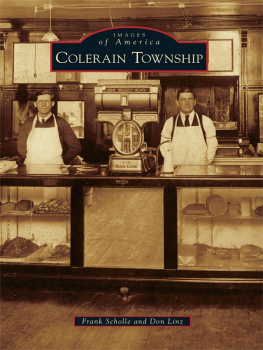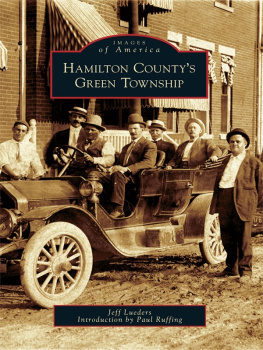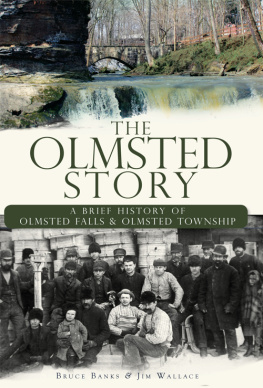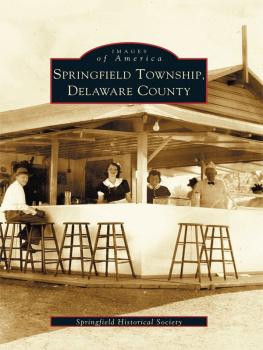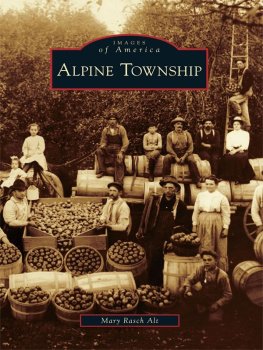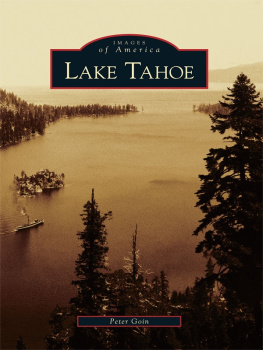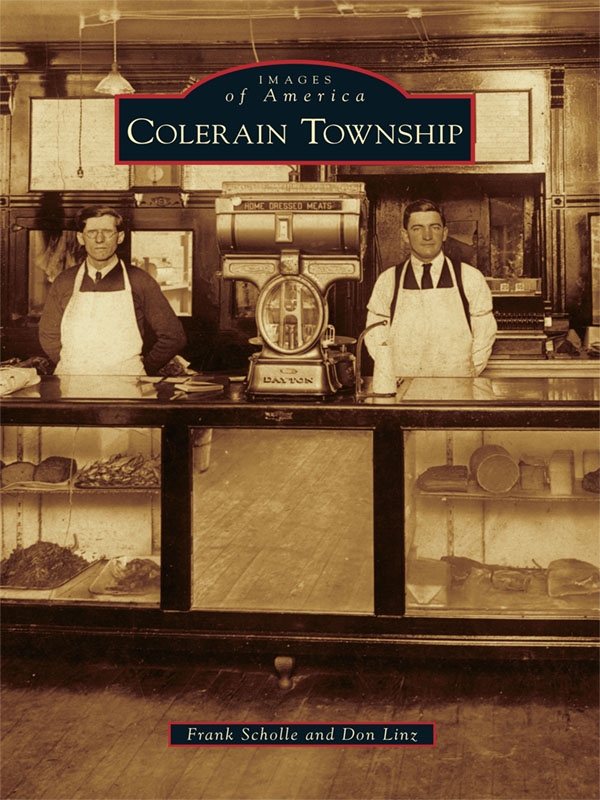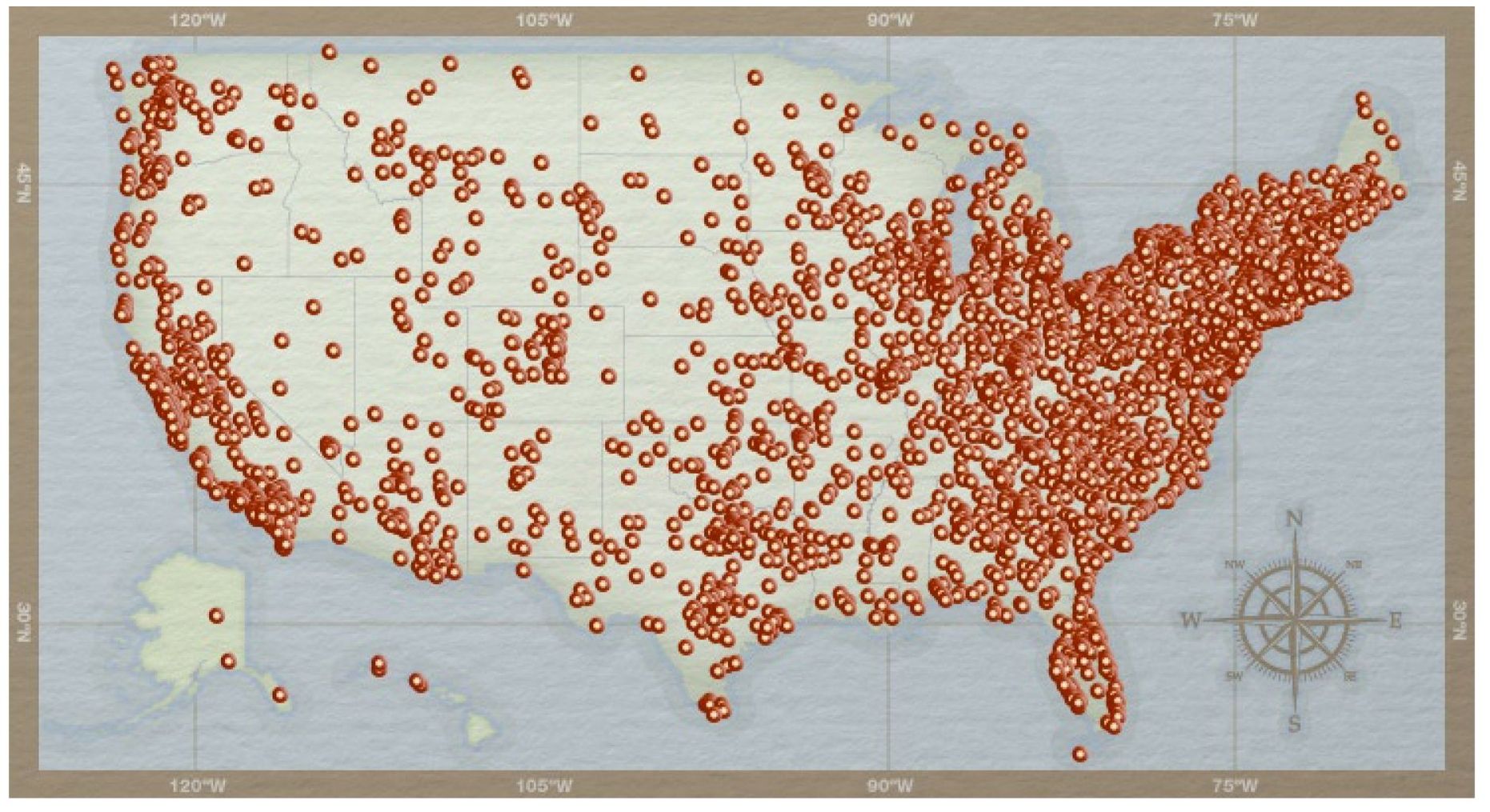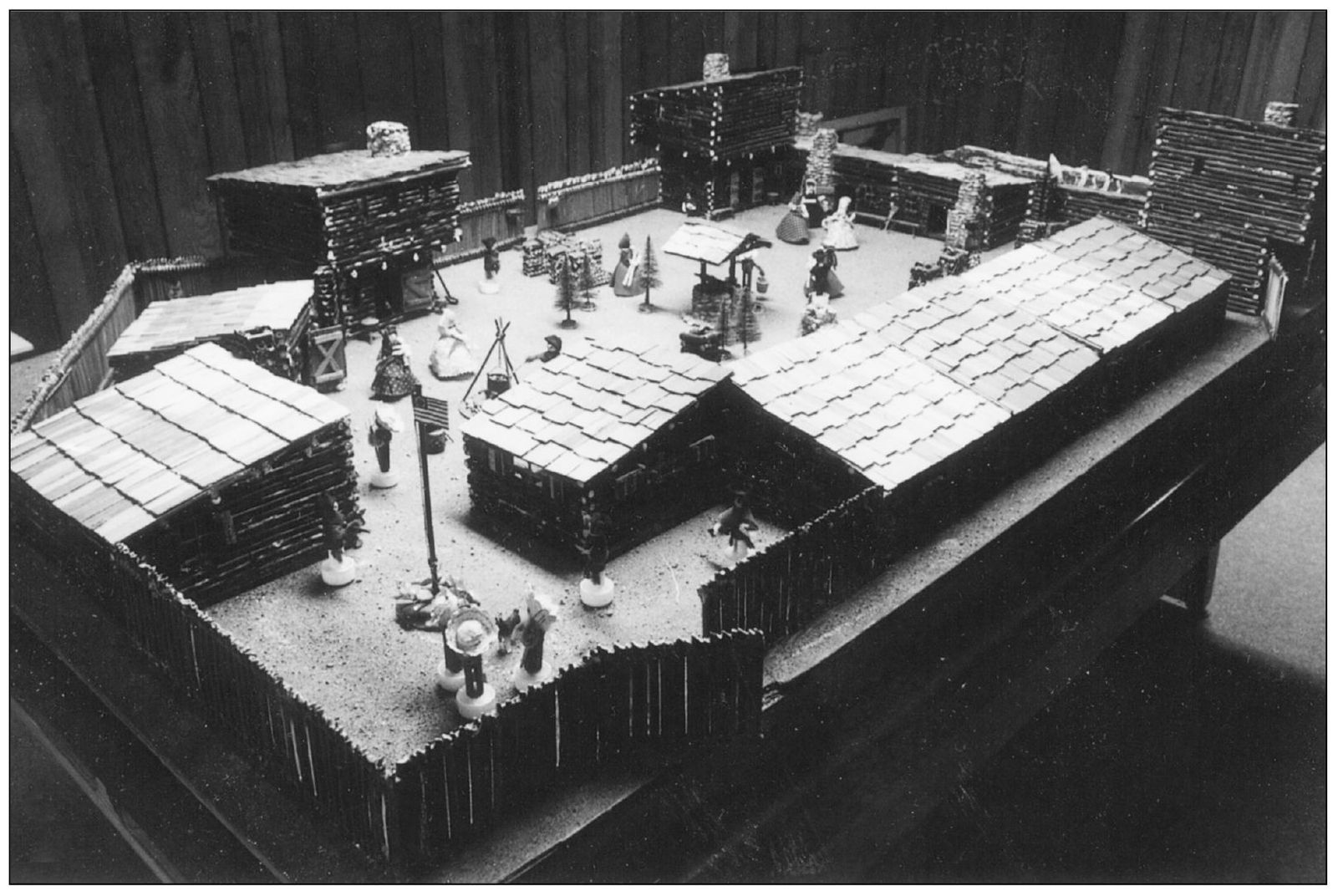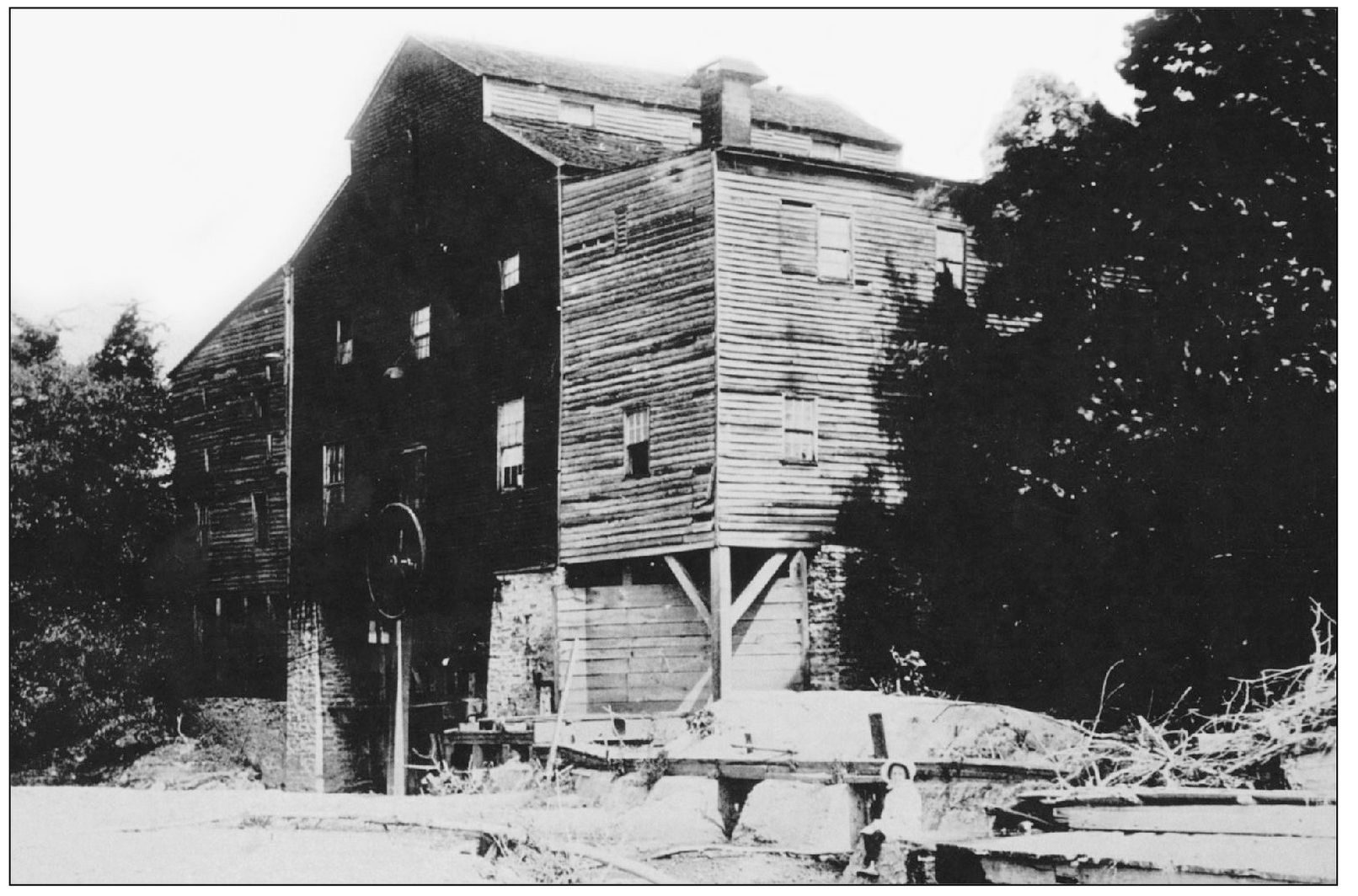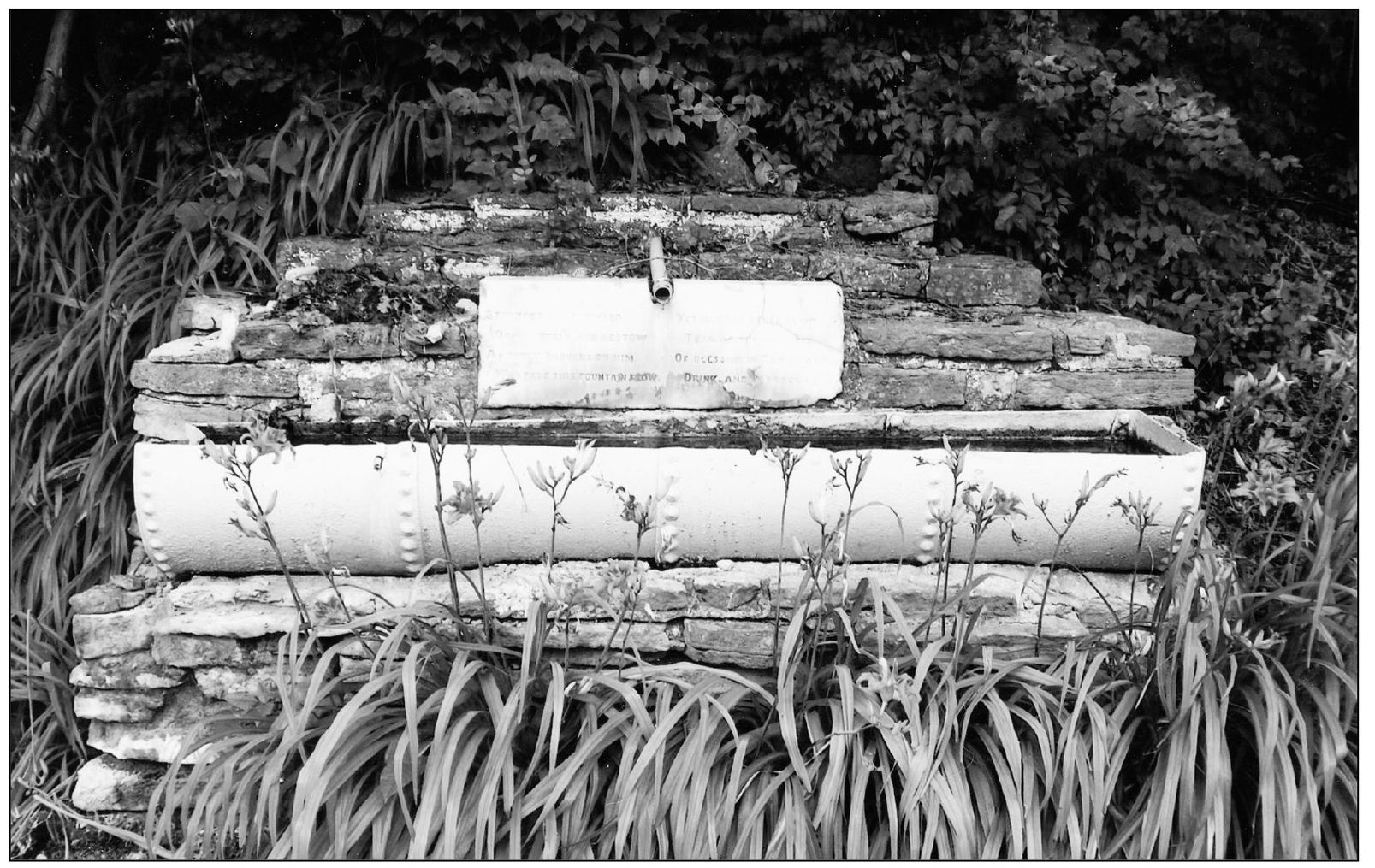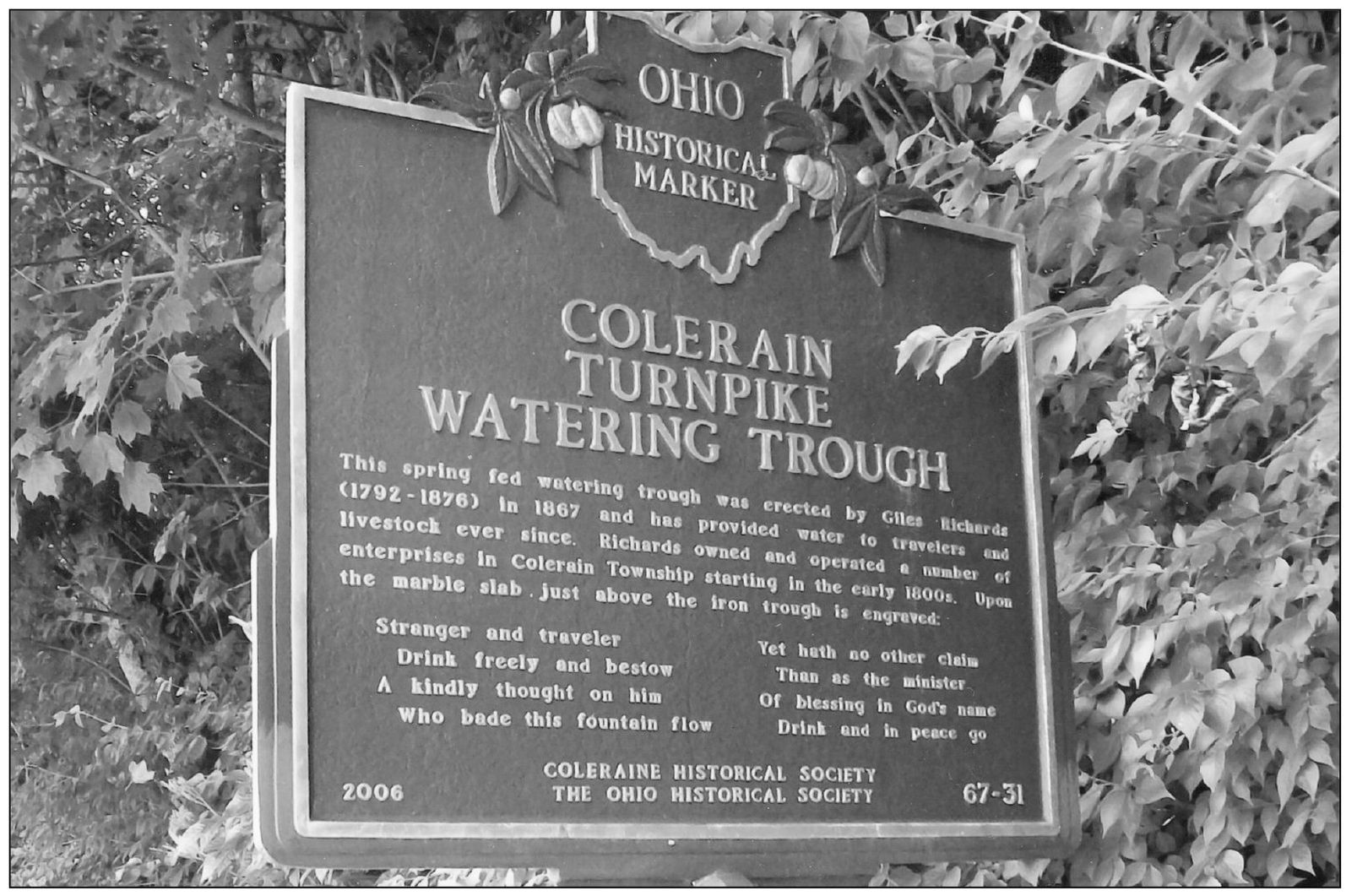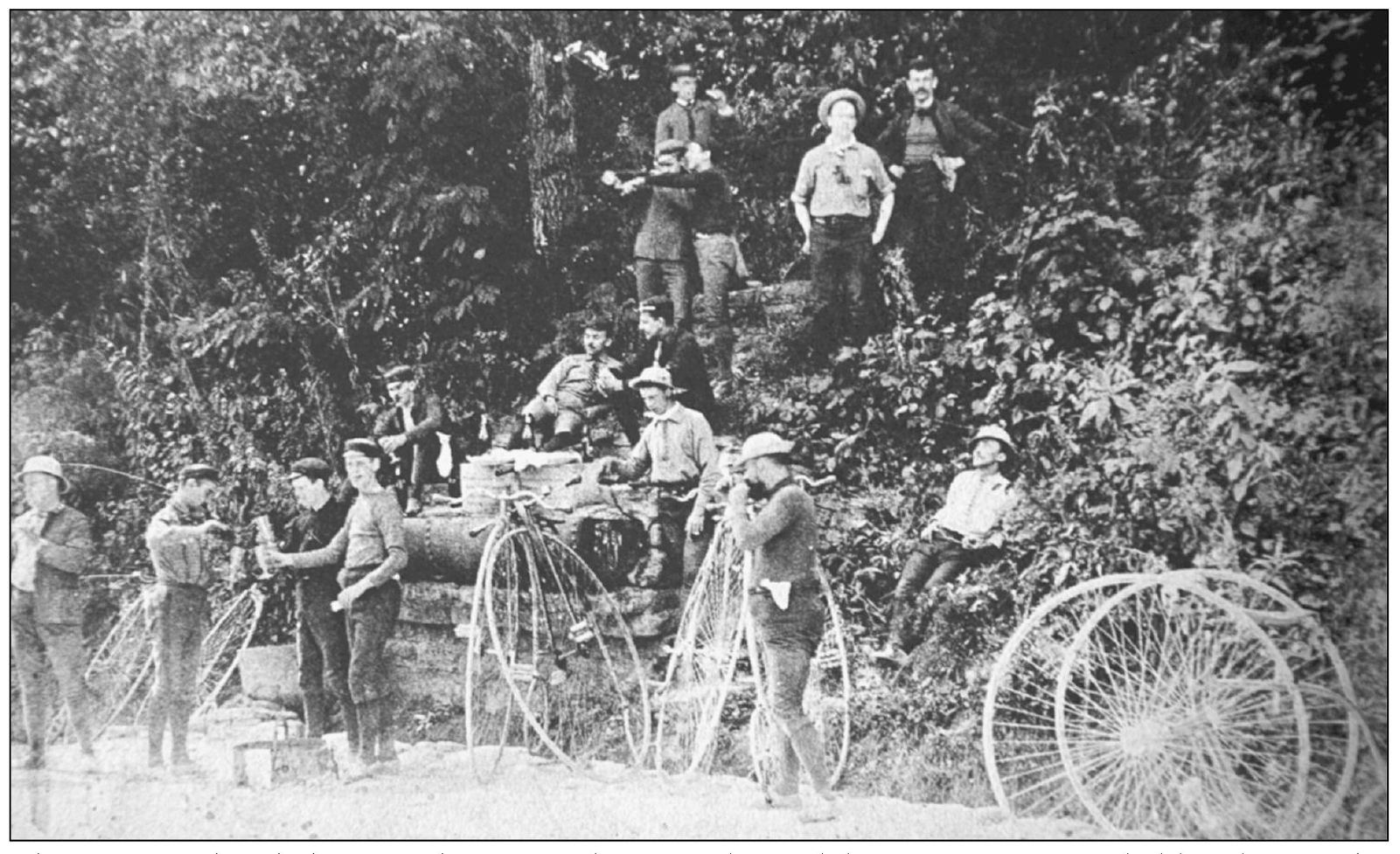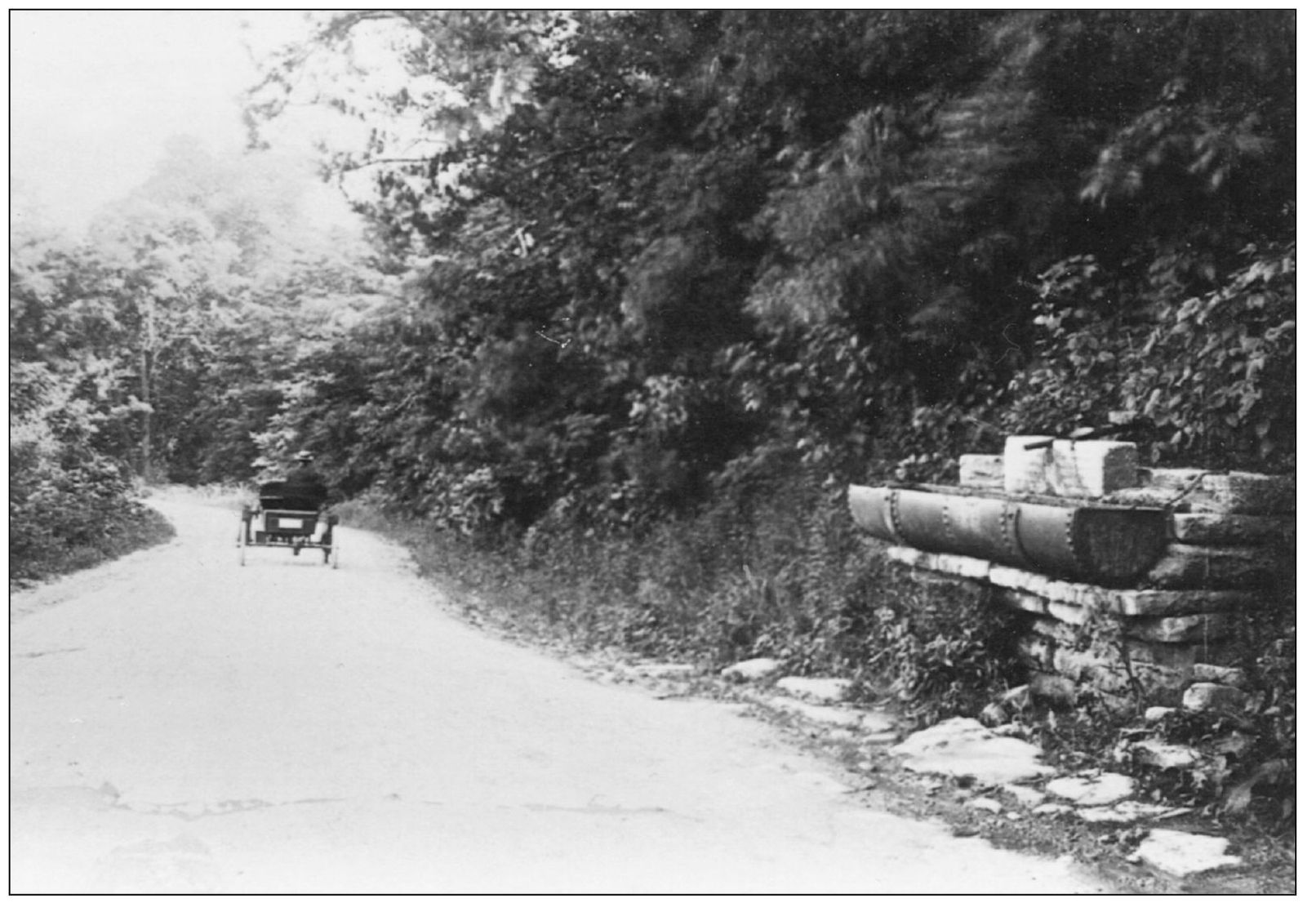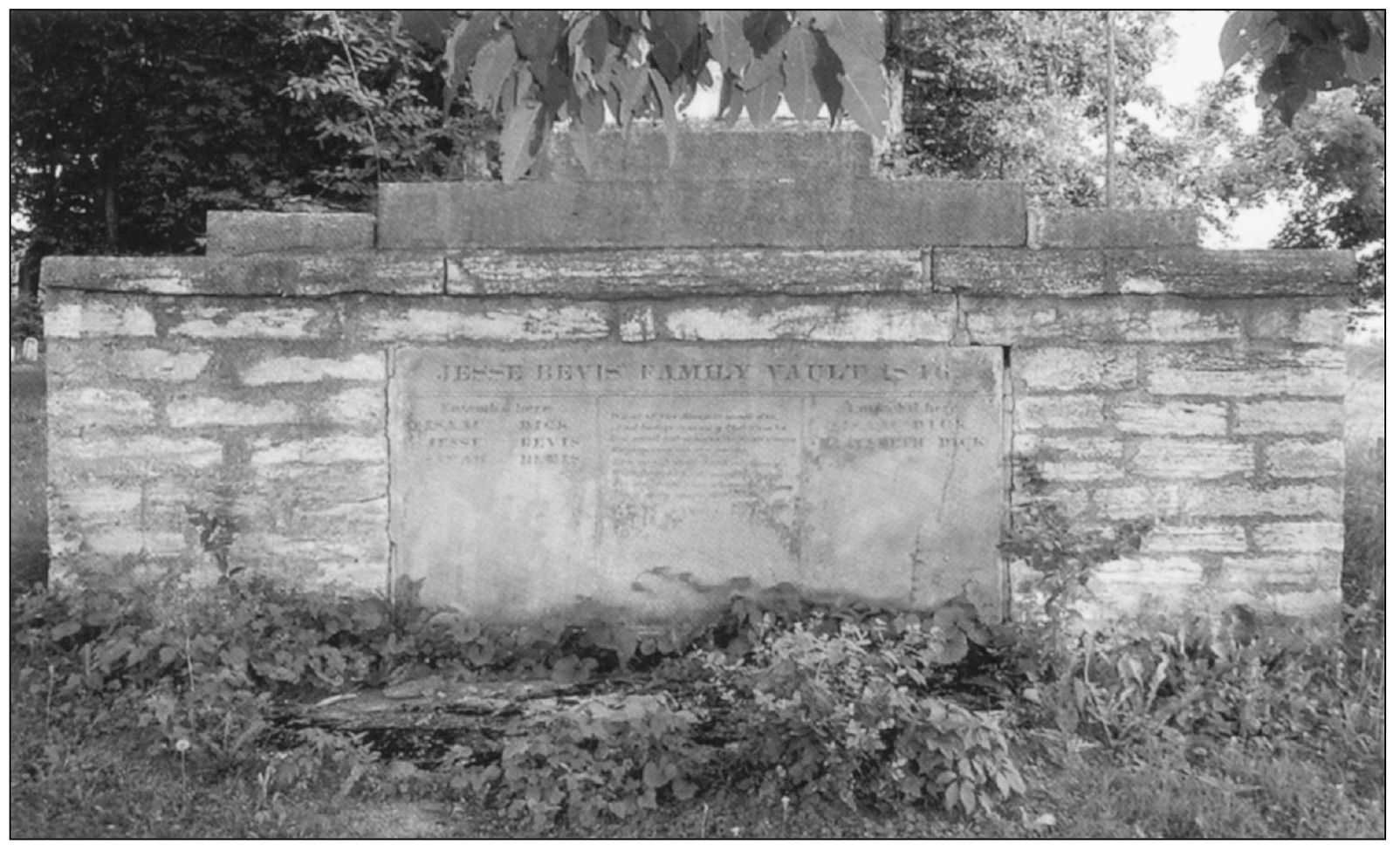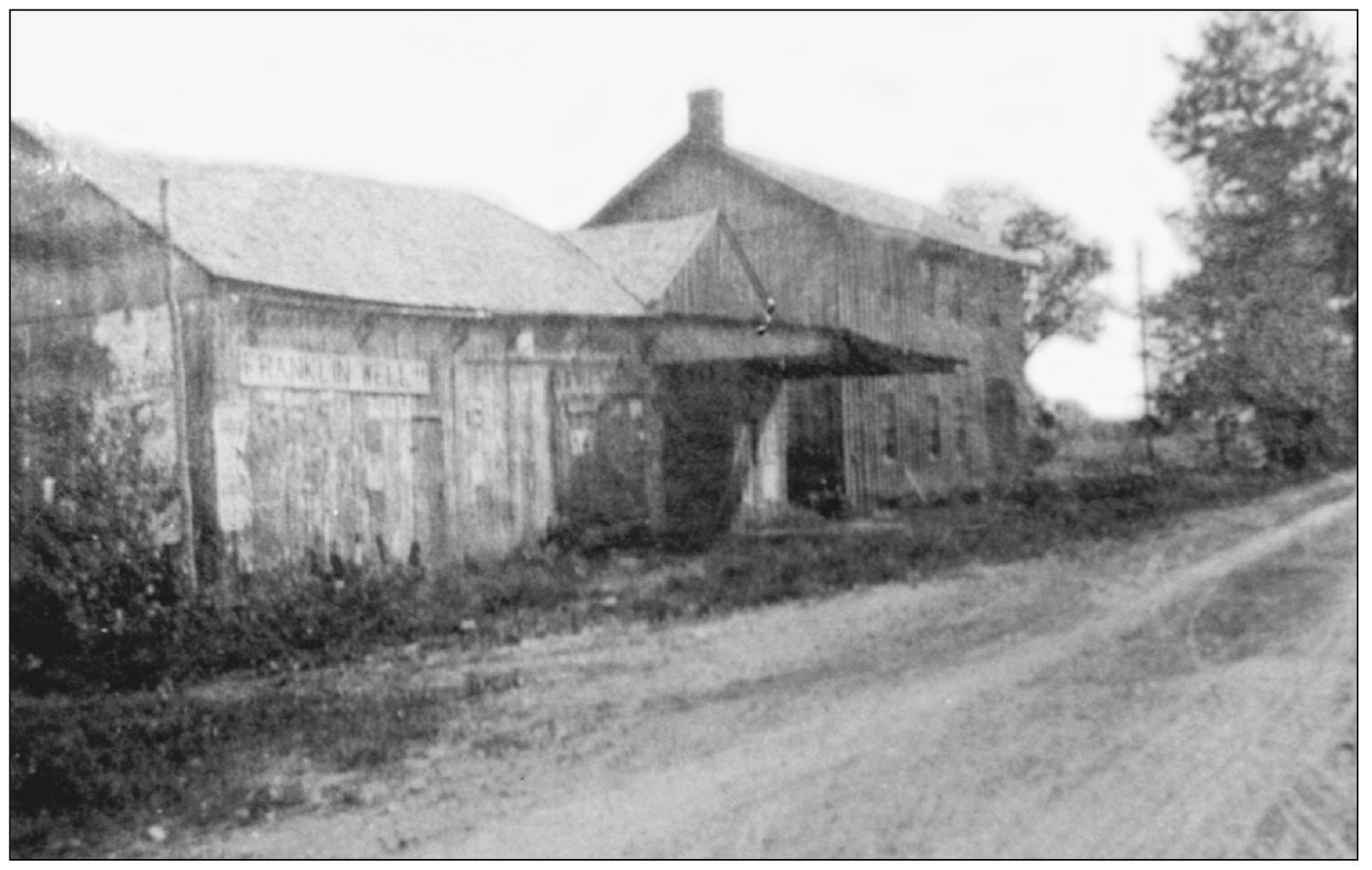ACKNOWLEDGMENTS
We would like to thank all the Colerain Township residents and former residents who have been so forthcoming with photographs, information, and stories about Colerain. Without their help, this book would not be possible.
We would like to thank the Coleraine Historical Society, especially Mary Burdette, president; Dennis Haskamp, archivist; and John Torok, trustee. Mel Blust, Bob Muehlenhard, and district chief Darrell Brown of the Colerain Township Fire Department; Jerry Koch of Keystone Printing; photo specialist Fawn Thomas, and so many other people contributed in so many ways to make everything fall into place. All reasonable efforts were made to name contributing sources.
We want to thank Ruth J. Wells, the first president of the Coleraine Historical Society, Colerain historian, and editor of the Coleraine Pageant , the monthly publication of the society. Her book, Colerain Township Revisited , which was published in 1994, the bicentennial of the township, provided invaluable historic information about Colerain.
Gravestone Inscriptions and Cemetery Records of Colerain Township, Ohio, 17941994 was recorded and compiled by Bailey Stewart Rogers and arranged and edited by Linda Ruedenauer Ebersole. This book provided immense information for our book.
A thank-you to our wives, Betty Scholle and Rose Linz, for their understanding during the long process of producing this book. In endeavors like this, support from all sides is an important factor. Without it, we could not have accomplished our goal.
A huge thank-you to the Coleraine Historical Society, which was founded in 1964. It is a nonprofit organization whose purpose is to acquire and preserve the historical materials, knowledge, and artifacts of Colerain Township, the largest township and one of the oldest (1794) in the State of Ohio.
The society hosts meetings for members and guests on the third Wednesday of each month at 7:30 p.m. at the Colerain Senior Center at 4300 Springdale Road. They have guest speakers every other month on historical topics, some of whom dress in period costumes. The society encourages interested individuals to attend meetings and visit their Web site ( colerainehistorical.org ), or you can contact the webmaster at CHSinfo@fuse.net or write to them at: The Coleraine Historical Society, P.O. Box 53726, Colerain Township, Ohio, 45253.
Find more books like this at www.imagesofamerica.com
Search for your hometown history, your old
stomping grounds, and even your favorite sports team.
One
PIONEERING THE FUTURE
The earliest settlement was Fort Coleraine, which was established by John Dunlap in 1790 and commonly called Dunlaps Station. The source of the townships name came from this area. It was located on the bend of the Great Miami River, several miles below the present bridge to Ross, Ohio. Dunlap was the farthest settlement from any militia assistance at Fort Washington in Hamilton County. John Dunlap, along with 11 families, built a remote frontier defense against Native American attack. The fort, or Dunlaps Station, sustained a brutal attack by Native Americans in 1791. The model pictured was made by Bob Muehlenhard. The model took over two years to complete and has been shown at various schools and museums. (Courtesy of Bob Muehlenhard.)
This is part of a tiny plot of land on the east side of Harrison Pike, up a private drive at 7544 Harrison Pike. Off to the right is the site of a pioneer cemetery. It is the Foster Cemetery where the graves of early settlers of the Colerain Township are found. A crude, homemade tombstone marked only with the initials I. P. marks the grave of Issac Polk, a revolutionary soldier and early schoolteacher who died on December 23, 1831. (Courtesy of Don Linz.)
The Colerain Works Mill was formerly located at Blue Rock and East Miami River Road. Today this is the site of the new Blue Rock bridge. (Courtesy of the Coleraine Historical Society.)
A unique watering trough given to the township by Giles Richards can be seen on old Colerain Avenue. The trough is a half of the old iron rollers that were used to build the Colerain turnpike. A. D. 1867 is engraved on the face of the two marble slabs just above the trough with an inscription from the John Greenleaf Whittier poem, On a Fountain: For Dorothea L. Dix.
Here is the Ohio marker at the site. Whittiers poem reads, Stranger and Traveler / Drink freely and bestow / A kindly thought on him / Who bade this fountain flow. / Yet hath no other claim / Than as the minister / Of blessing in Gods name / Drink and in peace go. (Courtesy of Don Linz.)
This is an undated photograph of a Brighton Cycling Club outing. It was probably taken in the late 1870s or early 1880s when these high-wheel or ordinary bicycles enjoyed a brief popularity. The ordinary bicycle was introduced to America at the Philadelphia Bicentennial Exposition in 1876 but quickly became obsolete when the safety bicycle was introduced in the mid1880s. (Courtesy of the Coleraine Historical Society.)
A horse and buggy travels south on old Colerain Avenue in the late 1800s. It is pictured passing the Giles Richards water trough. (Courtesy of Dan Kinne.)
The Bevis Cedar Grove Cemetery was first opened in 1870 and is the largest old cemetery in the township. Jesse Bevis and many members of his family are buried here. Bevis, for whom the cemetery was named, was an early postmaster in the township, and a post office was located in the large frame building he built in 1818 that also housed a general store, tavern, and hotel. (Courtesy of Don Linz.)

